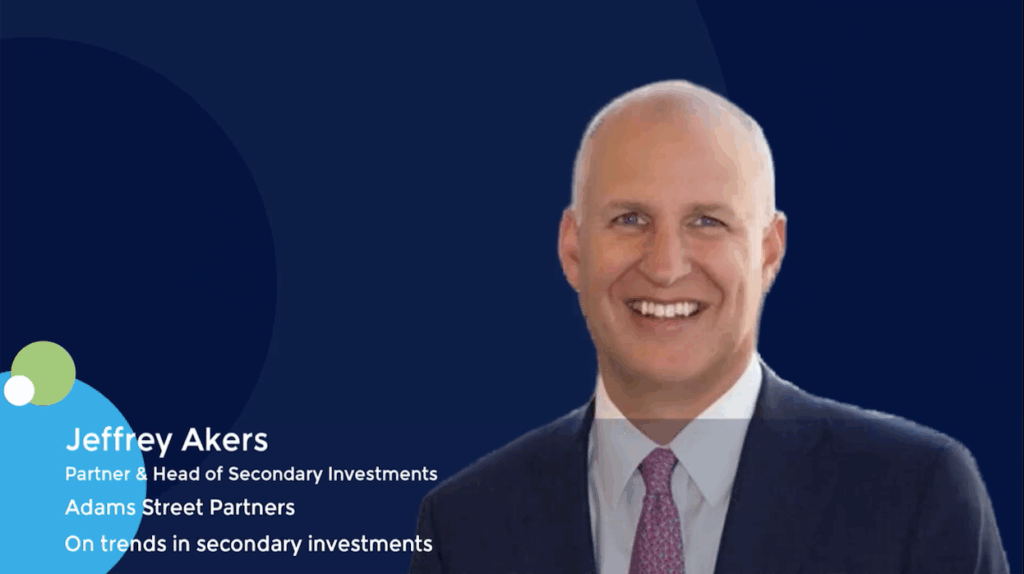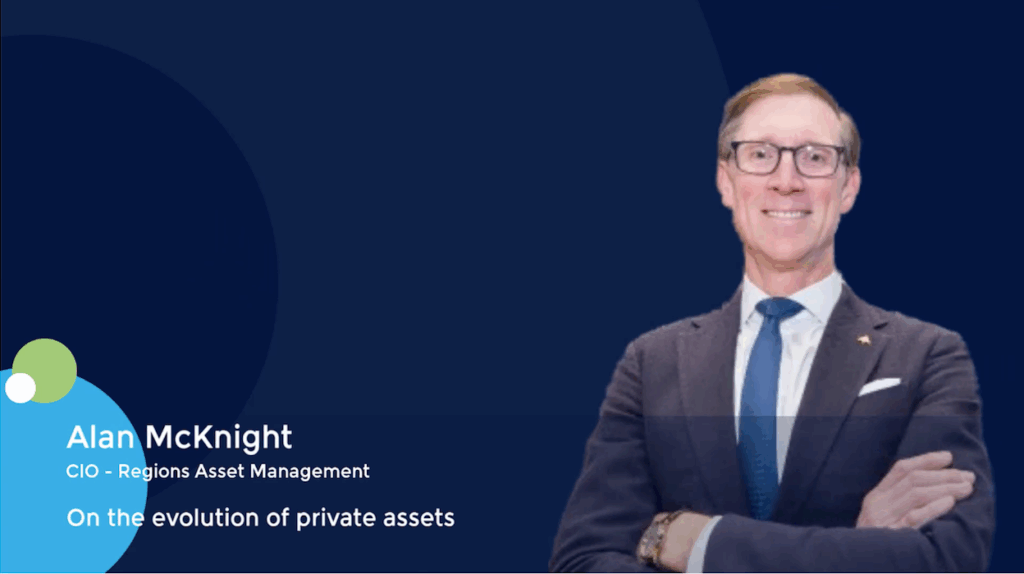Q&A: Australia’s Pacific Equity Partners on take-privates, carve-outs, continuation funds
Shannon Wolfers, a managing director at Pacific Equity Partners, discusses Australia’s middle-market private equity opportunity, from bilateral deal sourcing to finding liquidity
Q: What has the investment environment been like in the past 12 months?
A: It was very much a year of two halves. The first half was much the same as what happened offshore – bid-ask spreads were a challenge, volumes were down. In the second half, we saw that change, especially in the mid-market. Transaction volumes were back. In terms of overall M&A for the entire year, Australia-New Zealand was 18% below the five-year average. Private equity was off by less than that, and the second half for private equity was back in line with the five-year average. The exception was at the larger end with transactions of AUD 1bn-plus (USD 655m). We completed three investments: a public-to-private of Healthia, Australia’s largest allied health business; FirstCape, which involved bringing together two New Zealand-based wealth management businesses into a joint venture with their existing owners, Jarden and National Australia Bank; and Atom, a privately owned industrial supplies business where the executive chairman – who was a material shareholder – wanted to lead a majority buyout.
Q: What developments have you seen in terms of public-to-private deals?
A: What has happened in the past is global private equity firms very publicly launch take-private bids, and many of them didn’t happen. We take a different approach. Of the nine public-to-private deals we’ve done, eight were announced once all parties had agreed to proceed. This avoids confusion and false starts for the market.
Q: And this wouldn’t involve taking blocking stakes in companies before submitting a bid?
A: I wouldn’t say never, but in most situations, that isn’t the most fruitful approach. What we have done during due diligence is engage with the board to agree on a transaction and have the board lead shareholder engagement, so when the scheme is announced, major shareholder views on the transaction are known.
Q: Will there be more corporate carve-outs?
A: One of the biggest themes right now is a re-emergence of corporates considering the breadth of their portfolios. COVID tested a lot of businesses and led to some inertia on the corporate side. This was followed by a period where interest rates were at zero, so corporates were net buyers because the cost of capital was low. Now, conditions are normalising and there are more conversations about divestiture. A little over half the deals we’ve done in our 25-year history have been carve-outs. These are long conversations, often with multinationals. Deciding their Australian operation is non-core isn’t difficult; convincing them to commit time and effort to a divestiture is harder. Deals tend to be diligence-heavy as well, so you need a big team to make them work.
Q: To what extent do these conversations lead to competitive processes?
A: If you’re playing in the AUD 2bn space, they typically end up in auctions. For mid-size companies, vendors are often as focused on who can best execute the separation, look after their brands in the region, and pay a fair price, we can negotiate on a bilateral basis or maybe as one of two prospective buyers. With FirstCape, there was a truncated process involving PEP and one other private equity firm, where they chose PEP to undertake due diligence.
Q: Is cross-border expansion usually on the agenda post-investment?
A: Our team is the biggest locally and we have a lot of experience, so we think we bring something to Australia and New Zealand that others do not. The opposite is true in offshore markets. The businesses we buy are Australia or New Zealand-centric. In about one-third of our deals, we have taken businesses offshore, especially to more nascent markets in Asia, proved them there, and that becomes a launching pad for a sale to a multinational national looking for an Asian platform or a regional private equity firm. Take iNova Pharmaceuticals – when we first bought it, there was a blend of Australia, Asia, and South Africa. Following the acquisition of a consumer health product portfolio from Mundipharma International, the company is now more Asian than Australian. Magentus, a healthcare software business formerly known as Citadel, has built a strong presence in the UK from its Australian beginnings.
Q: Private equity firms in Australia generally seem to be doing more software deals…
A: We look for good quality businesses that are market leaders in mature and stable industries, where the allocation of capital, good management and different incentive structures can double profits. Ten years ago, we hadn’t invested in software. The advantage of having a large team is that we can invest in getting up the curve on emerging industries, and after several years of study, we now see the fruits of those labours. We are always reviewing our sector coverage. For example, coming out of Fund IV, we became more focused on the benefits of being a country fund and stopped investing outside of Australia. We’ve never been about chasing the latest fad, the industry that supposedly will double in size overnight. We want to engage with mature businesses, fundamentally change the strategy and trajectory, and sell what is a different-looking business at the end.
Q: With Up Education and iNova, PEP continued its involvement, through a single-asset continuation fund and a re-investment through a later fund, respectively. Why?
A: There were specific circumstances in each of those situations. We had owned Up for seven years, it was the last asset in Fund V, and it had already delivered a 3x return. When we first invested, we put a lot of work into the schools side of the business, making it attractive to core-plus infrastructure buyers, and we sold at a good time. The other part of the business, which focuses on tertiary education, has grown from being New Zealand-centric to Australia and New Zealand, and from offline to offline and online. We wanted to continue on that journey, so we invited investors either to join us for the next phase or crystallise the 3x return and draw Fund V to a close. In the case of iNova, Carlyle [which acquired the business with PEP in 2017] wanted to exit. At the same time, we saw this transformative acquisition coming – Mundipharma – that would almost double the size of the business. We went through the exit process, the valuation was set at auction, and it was still at a level we thought was attractive. We spoke to our investors, and they encouraged us to engage Fund VI for the next part of the journey.
Q: Do you expect to see more transactions like these?
A: This is situation-specific. About 55% of our exits historically have been to trade players, 35% have been IPOs, and the rest have been secondary transactions – involving other private equity firms and in one instance a continuation vehicle. We are cautious about continuation vehicles. We understand there has been some bad behaviour with these structures in other markets. Equally, the exit market is deep enough that, with an appropriately repositioned business, the trade buyer is more often the dominant opportunity for value realisation.
Q: Are you placing more emphasis on liquidity generation?
A: One of the conscious tweaks we’ve made over the years is around holding periods – in our first decade, the average was just over five years, since then it has come closer to four years. When you have a good asset, there is always a temptation to hang on and hang on, but we have learned to be more disciplined. We are always looking for ways to generate liquidity. Fund V was 2015 vintage, we sold two businesses in 2019, and then in 2021 and 2022 we saw opportunities where businesses were maturing, and we completed the remaining seven exits in 10 months. Fund IV was a bit different. At the back of that investment period, we had a very strong set of companies that were generating 60%-70% profit growth in the first two years of ownership, and we completed dividend recaps on almost all of them over 12 months to return capital to our investors.
Q: For trade sales, what is the split between foreign and domestic buyers?
A: It’s about 50-50. There are periods where offshore buyers are keen and deploying into Australia and there are periods where they are trying to sell. I think we are entering a period where there will be more selling than buying.












